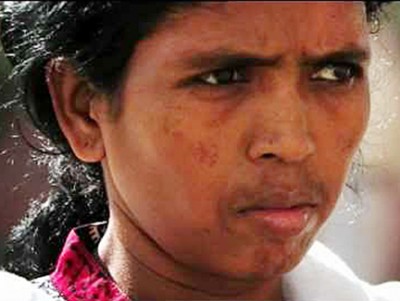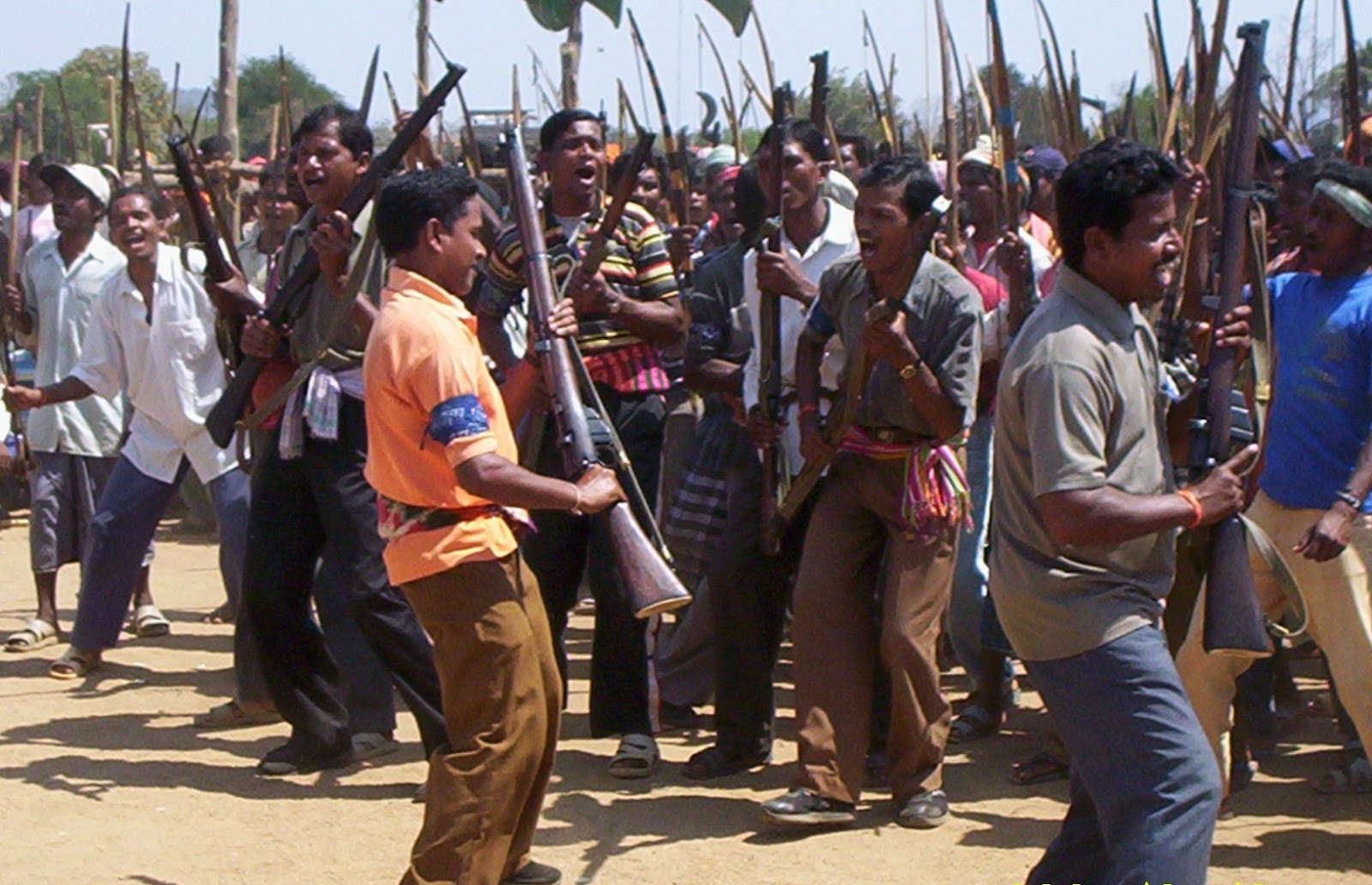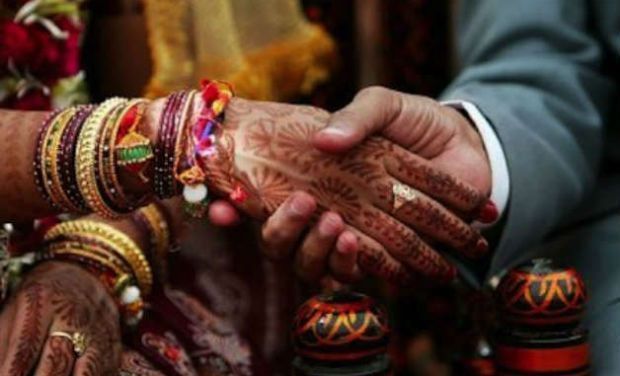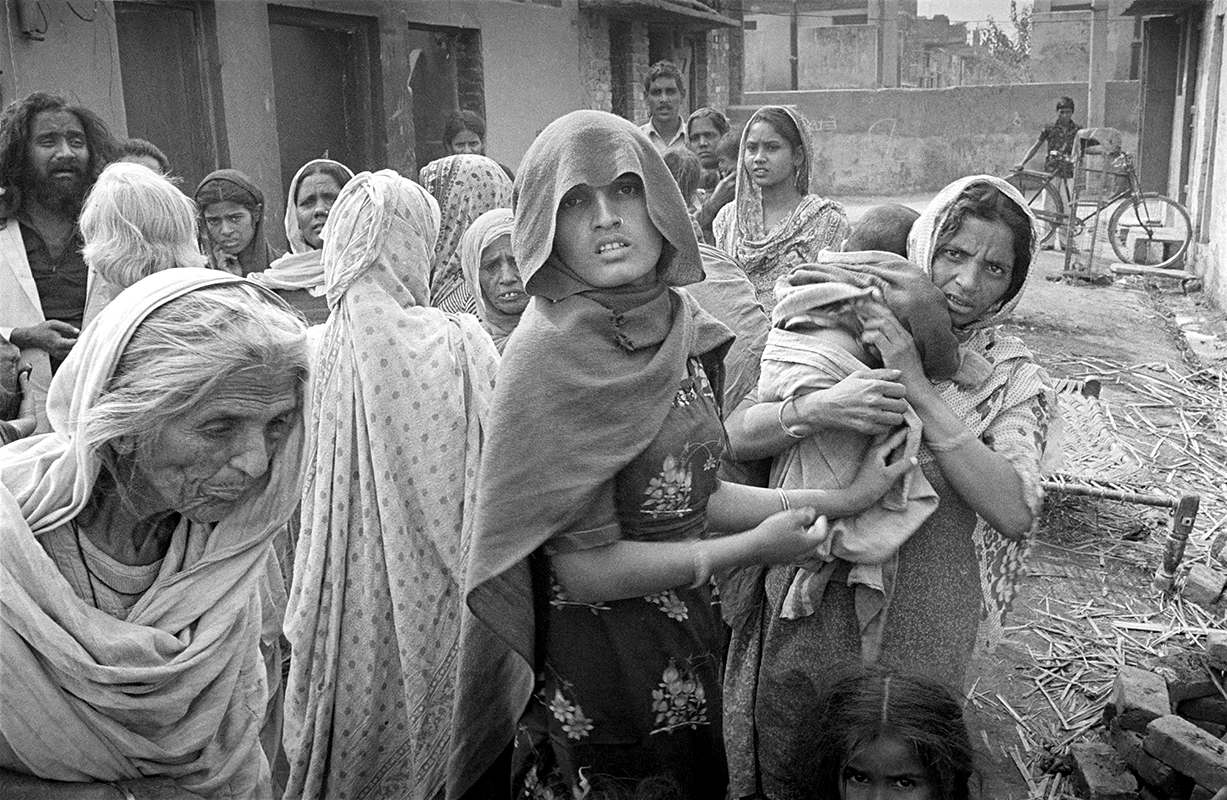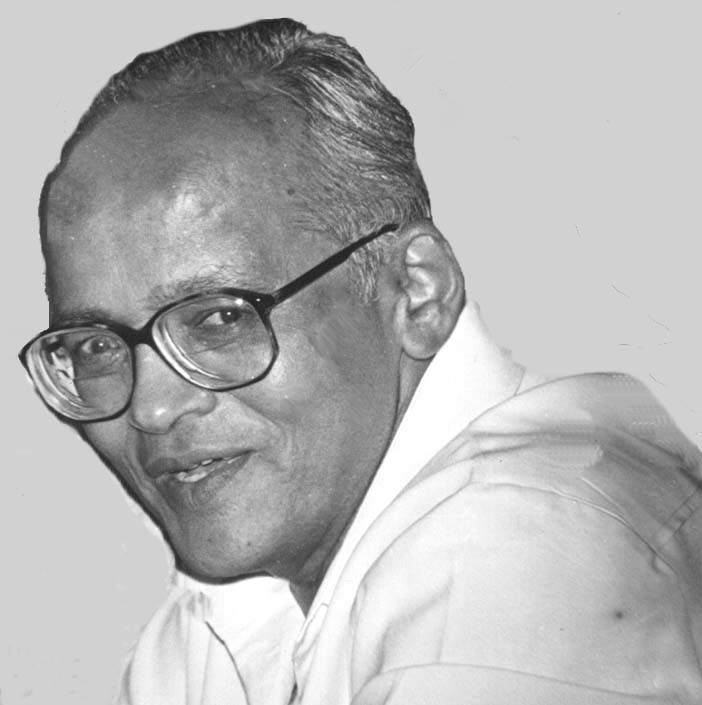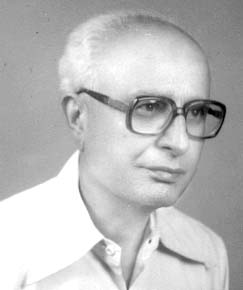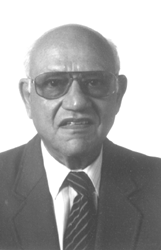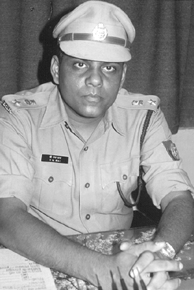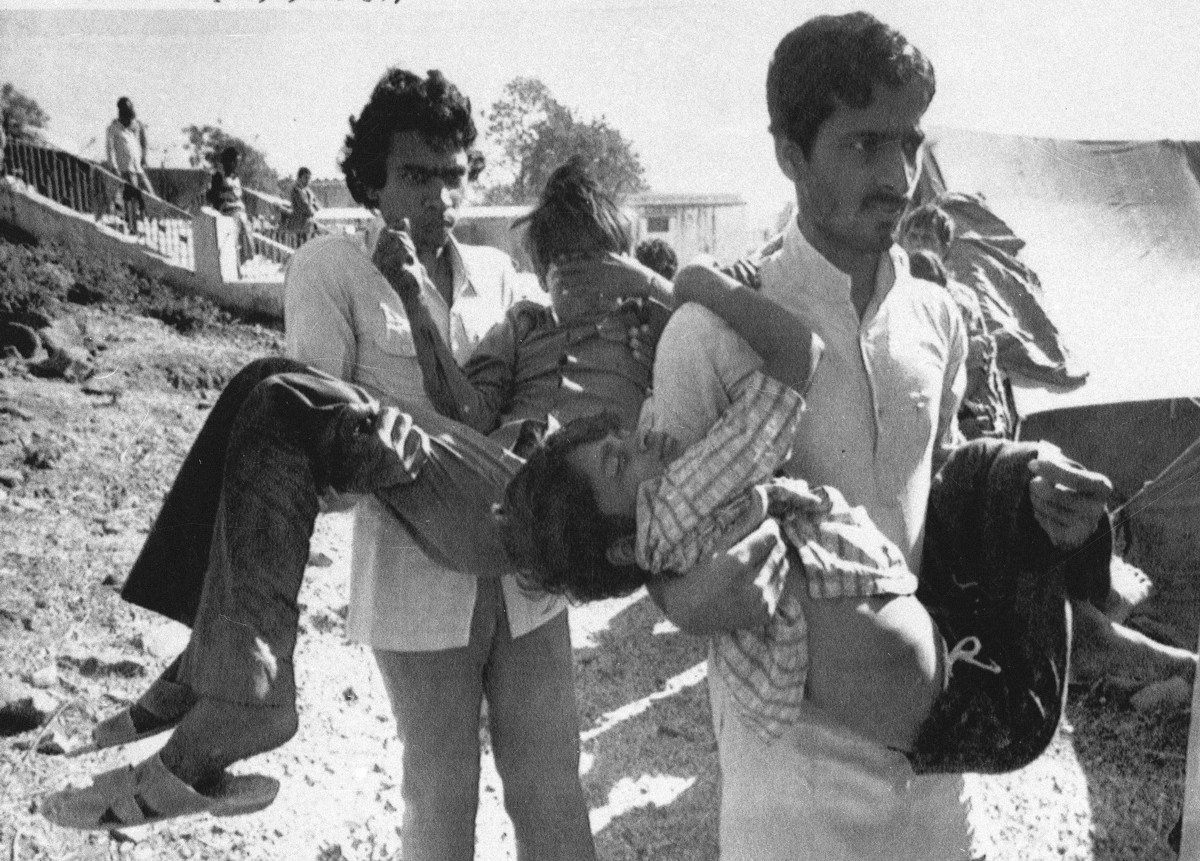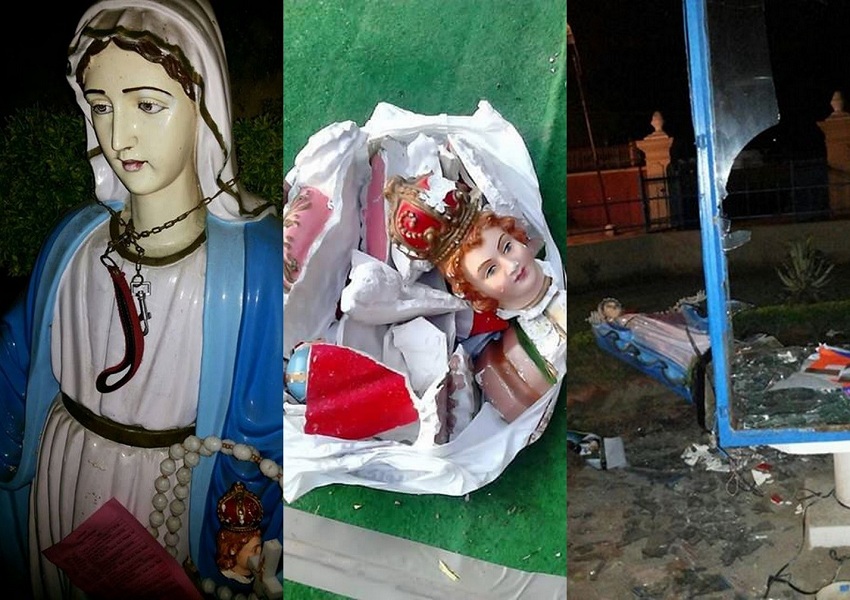
Courtesy: John Dayal
Yes, says John Dayal who outlines 168 incidents targeting Christians including the sordid rape of a nun in West Bengal
It does not happen to “other people”. It happens to “us”, though this may not be apparent at first sight. This is the sort of saying that social-psychologists, cultural anthropologists and even environmental scientists have been stressing on a range of issues as diverse as the impact of climate change to that of cinema on peoples and communities. Faith communities cannot, and do not, remain untouched with what is happening around them. In fact, their response to these developments pretty much defines their future cohesiveness and growth, and the robustness of their faith in their God. In many ways, the Christian community in India, a mere 2.3 per cent of the population, coalesced in a few areas of Southern and North-Eastern regions of the country and scattered in vulnerable segments in other parts of the country, best reflects this link between cause and effect at a very critical juncture of the nation’s history.
We are a faith of people divide by race, ethnicity, language, denominations and economic strata, unlike the more homogenous populations in other parts of the world. Add to this issues of caste, and the presence of two very large religious communities, the overwhelming Hindu population and the world’s second largest Muslim group, and the Sikhs who are about as many in numbers as the Christians but far more economically and politically powerful, and one can see the complex societal matrix in which followers of Jesus Christ find themselves 15 years into the 21st century.
The recent universal religious growth survey by the US-based Pew Foundation has predicted a very bright future for Islam, universally, and in India. Globally, by 2050, it may be just a whisker less that the Christian population, but by 2070, it may well be the largest single religious group. In India, Islam will grow and while it becomes the world’s largest national group, it will still be far below the Hindu population, which will hold its own both globally and in the political borders of the country. In fact, Hinduism will grow very much abroad, in the US and Europe, and in other countries, where it already is sizable if not a majority faith, such as Mauritius, and various other Indian Ocean, Pacific and Caribbean islands.
Pew does not predict any large comparable growth for the Christian population that is organically linked with many international factors, especially in relation of the situation of the Church in Europe. Claims by the more triumphal church plants remain just that – claims. And those Dalits who love Christ by their heart and soul, but understandably also love the benefits accruing from government laws for reservation of seats in the Parliament and legislature, government employment and educational institutions, will continue to be recorded as Hindus in the official records till the Supreme Court outlaws the notorious Section 3 of Article 341 of the Constitution. Going by the statements of the ministers in Mr. Narendra Modi’s cabinet, that does not appear possible for a long, long time. It needs to be remembered that it was the Congress that closed the doors of Dalit Christians anyway.
It is, however, not an issue of numbers that is important. More important is that neither international nor Indian researchers and missiologists have made any deep study of how political developments, and the growth of Hindutva – which is seeing phenomenal impetus in the second coming of the National Development Alliance (NDA) government with Mr. Modi at the helm — will impact the Christian community in the short and the long term. It impacts almost every sphere, the growth of the faith, the educational, livelihood and economic status and competitiveness, and the future of the Dalit Christian and Adivasi communities within the faith. This needs to be done, and perhaps on an urgent basis. Relationships within village communities, and perhaps even extended families will be impacted.
The Modi government, it is becoming increasingly clear, intends to remain focused on expanding the national penetration of the religious nationalism ideology of the Rashtriya Swayamsewak Sangh (RSS), the fountain-head of Hindutva, whose cadres and polarizing hate campaigns against Muslims and Christians brought it to power a year ago. Its secondary objective is to try to keep alive the flow of foreign investments and the Indian corporate sector, even if it means whittling away whatever safeguards there are to protect the environment, land and forest rights and basic constitutional rights of association, such as trade unions.
Since May 2014, when the Modi government was sworn in, there has been a marked shift in public discourse. The past 18 months have seen an assault on democratic structures, the education and knowledge system, Human Rights organisations and rights defenders and coercive action using the Intelligence Bureau and systems of the Foreign Contributions Regulation Act (FCRA) and passport laws to crack down on NGOs working in areas of empowerment of the marginalised sections of society, including Dalits, Tribals, fishermen and women, and issues of environment, climate, forests, land and water rights.
Environmental norms have been diminished to an extent that now they will be almost non-existent, threatening the environment and the climate. Land acquisition laws are being changed to benefit crony capital. States such as Odisha, Madhya Pradesh, Jharkhand and Chhattisgarh which have reasonable population of Tribal and Dalit Christians will be impacted.
Neither international nor Indian researchers have made any deep study of how political developments, and the growth of Hindutva – which is seeing phenomenal impetus in the second coming of the NDA govt with Modi at the helm — will impact the Christian community in the short and the long term.
The immediate focus is on the threat to secularism, which undermines India’s modern existence as a country, and impacts deeply on the Christian existence.
Despite a tongue lashing by President Pranab Mukherjee on Republic Day and repeated assertions of freedom of faith by Vice President Hamid Ansari – not counting the naming and shaming done by visiting United States President Barack Obama – the government has learnt little. Modi, at a public function called by the Syro Malabar Catholic church, spoke of security of minorities, but failed to name the sangh parivar as the spruce of much violence. In fact, he put the aggressors and the victims on the same platform.
His Home Minister, Rajnath Singh, a former president of BJP and like Modi, a lifelong member of the RSS, has been transparent in announcing his sympathies. He has called for a national ban on conversions, a national ban on beef, total opposition for Scheduled Caste rights for Dalit Christians and Muslims. And he too has hedged in saying he will punish the spewing of hate and coercion.
The civil society report “300 Days – Documenting Sangh Hate and Communal Violence Under the Narendra Modi Regime” lists 168 targeting Christians. Desecration and destruction of churches, assault on pastors, illegal police detention of church workers, and denial of Constitutional rights of Freedom of Faith aggravate the coercion and terror unleashed in campaigns of Ghar Wapsi and cries of Love Jihad.
An analysis shows Chhattisgarh topping the list with 28 incidents of crime, followed closely by neighbouring Madhya Pradesh with 26, Uttar Pradesh with 18 and Telangana with 15 incidents. Of the deaths in communally targeted violence, two were killed in Odisha and Telangana, 8 in Gujarat, 12 in Maharashtra, 6 in Karnataka and 25 in Uttar Pradesh. Apart from these, 108 people were killed in Assam in attacks by Bodo militant groups. The violence peaked between August and October 2014 with 56 cases, before zooming up to 25 cases during the Christmas season, including the burning of the Catholic church of St Sebastian in Dilshad Garden in the national capital New Delhi.
Much of the violence – 54 per cent – is of threats, intimidation, coercion, often with the police looking on. Physical violence constituted a quarter of all cases – 24 per cent – and violence against Christian women, a trend that is increasingly being seen since the carnage in Kandhamal, Odisha, in 2007 and 2008, constituted 11 per cent of the violence. Breaking of statues and the Cross and other acts of desecration were recorded in about 8 per cent of the cases, but many more were also consequent to other forms of violence against institutions.
A disturbing trend is the rising communal violence in West Bengal where the BJP and the RSS have doubled their efforts to fill what they see is a political vacancy following the decline of the Communist Party of India Marxist (CPI-M) and the Congress party in recent times. The violence peaked as was evident in the gang rape of a 72-year-old nun in a convent and school in West Bengal. The official apparatus tried to prove to the world that it was just another crime, committed by foreigners or professional criminals.
168 attacks targeting Christians. Desecration and destruction of churches, assault on pastors, illegal police detention of church workers, and denial of Constitutional rights of freedom of faith aggravate the coercion and terror unleashed in campaigns of Ghar Wapsi and cries of Love Jihad under NDA II
There are fears of a severe whittling down of the 15 Point Programme for Minorities, a lifeline for many severely economic backward communities, and specially their youth seeking higher education and professional training.
Modi’s conditional ‘assurance’ to religious minorities is challenged and countered by Mohan Bhagwat, the head of the powerful RSS, who asserts, repeatedly, that every Indian is a Hindu, and minorities will have to learn their place in the country. Speaking at the 50th anniversary of foundation of its religious wing, Vishwa Hindu Parishad (VHP), Mr. Mohan Bhagwat, the RSS Sarsanghchalak bluntly stated that “Hindutva is the identity of India and it has the capacity to swallow other identities. We just need to restore those capacities.” In Cuttack, he asserted that India is a Hindu state and "citizens of Hindustan should be known as Hindus". Sadhvi Prachi, a central minister, MPs Sakshi Maharaj and Adityanath are among those urging measures to check Muslims, including encouraging Hindu women to have from four to ten children each. In Madhya Pradesh, Chhattisgarh, Rajasthan and other states, the terror, physical violence and social ostracizing of Dalit and Tribal Christians, in particular, continues.
The Indian government sees an absolute ban on conversions to Christianity as the only way they can control Hindu religious nationalist elements from attacking nuns, clergy and churches, big and small, from the forests of Central India to the national capital, New Delhi. And going by statements made by Prime Minister Narendra Modi’s senior ministers, the first contours of such a law may soon become apparent.
The discourse reached a fever pitch as Modi prepared his party for the State legislative assembly elections in Bihar, which he lost, and Uttar Pradesh where the BJP, hopes to wrest power. These are among the biggest states in the Union of India, and the only ones in the so-called Cow belt of the Gangetic plains where the party does not control the provincial governments.
The BJP had repeatedly promised such a law made to their core constituency in their successful campaign in the General elections of 2014. This was reviving an unfulfilled dream that dates back to 1978 when Mr. OP Tyagi of the then unified Janata Party moved a private members draft legislation, ironically called the Freedom of Religion Bill, in the Lok Sabha, the lower house of Parliament In 1999, Mr. Atal Behari Vajpayee, then Prime Minister, revived the debate on the Bill when more than two dozen small churches were destroyed, allegedly by Sangh cadres, in Gujarat’s Dangs region on the eve of Christmas 1998.
State anti conversion laws have survived Christian challenge in the High Courts, most recently in Himachal Pradesh, and in the Supreme Court. The Supreme Court has upheld such laws to be valid, maintaining that while citizens had the freedom to choose, or change their faith, the constitutional right to propagate religion did not mean the right to “convert another person to one's own religion.”
A national law will require an amendment to the Constitution, which guarantees Freedom of Faith. The government is in no position to do so with its minority presence in the Rajya Sabha, the Upper House, where it was recently embarrassed when the Opposition forced an amendment to the President of India’s address to the joint session of Parliament.
The religious minorities have not really been able to forge a united movement against such laws in the states, and it has been left to the Christians to seek recourse in the courts. The Sikh community, despite the violence unleashed against it during a period of insurrectionist terrorism in the 1970s and the 1980s, has not been impacted. While it attracts many Hindus to its fold, it does not actively seek converts. Muslims in India have not been accused of any magnitude of conversions, other than being repeatedly accused of increasing their population by large and polygamous families.
Among Christians, prelates of some of the Syrian denominations in Kerala have often said their churches have not been involved in proselytization, blaming it on evangelical groups.
But increasingly in recent years, human rights and freedom of faith activists within the Christian community, and in civil society, have felt that the fundamental Constitutional right of freedom to profess, practice and propagate religion, circumscribed only by issues of law and order and health, has to be defended to prevent a further erosion of civil liberties which could alter the basic character of Indian democracy.
India is, at present, perhaps the only real multi-religious and multi-cultural country in Asia. Its neighbouring countries are either theocracies or democracies where the majority religion, linked with ethnicity, is overwhelmingly powerful, as in Sri Lanka which has only recently emerged from a three decade long civil war. Keeping India genuinely secular is important to regional peace.
(The author is a journalist, occasional documentary film maker and social activist)


